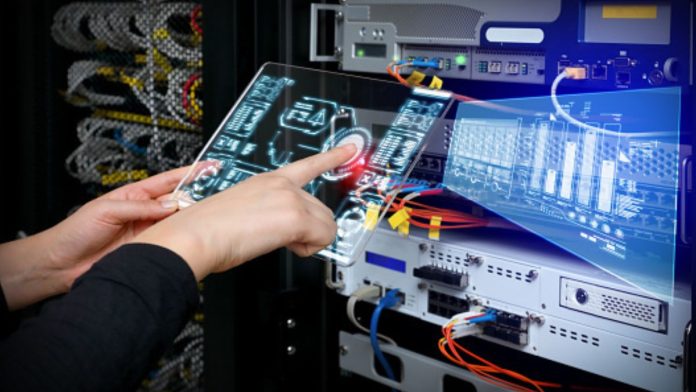The home energy management system is one of those technologies that are spearheading society’s shift towards minimizing carbon footprint. This technology is gaining popularity as the need for small-scale solar power systems is increasing.
This blog is a beginner’s guide to Home Energy Management System (HEMS). We are going to discuss what HEMS is, its components, and what it controls or manages.
What Is HEMS?
HEMS is a technological platform consisting of software and hardware that enables you to monitor energy production and consumption within a household. Along with monitoring, it also allows the user to control how the energy is used.
Individual households play a major role in changing global energy consumption. By changing the way households consume energy, home energy management systems can make an impact on a global scale.
Components of HEMS
As mentioned earlier, HEMS consists of hardware and software. Here are how these two components work together to actively manage a user’s energy consumption:
- Hardware
HEMS’ hardware typically includes a hub device that is responsible for communication between the household, the local electricity retailer, and the user. It is generally installed on the household’s electrical board. Sometimes, it is installed virtually when the HEMS is working on a wireless network.
Apart from the hub, the hardware of HEMS also includes smart plugs, smart home devices, light and temperature sensors, and so on. Whether a HEMS has these hardware parts or not depends on the application of HEMS.
- Software
The HEMS software is responsible for moderating data and communications going in and out of the household. The user interacts with the software to monitor energy consumption data and control various functions of the home energy management system.
Generally, the HEMS software is offered in the form of a web portal or an app. The software monitors and shows the following types of energy data of a household:
- Appliances Data: It includes monitoring the running of devices. The software tells whether a device is on or off and how much energy it would be using if the device is on.
- Time Unit Data: The system keeps track of energy consumption per time unit. The more advanced a HEMS is, the smaller time increment it can keep track of.
- Delivery of Insights: The system can send notifications to show consumption trends and issues to the user.
The software enables the user to do a number of things, such as turning the appliances on or off remotely, managing energy flow from solar panels, setting up conditional rules for device operation, and even allowing AI to run the home energy system automatically.
What Does a HEMS Control?
Home energy management systems vary a lot in terms of their uses. Overall, the applications of HEMSs can be divided into four categories. A HEMS can have one or more of the following four applications:
- Monitoring and controlling the energy consumption of electrical appliances in households.
- Controlling the flow of small-scale solar photovoltaic power.
- Controlling battery storage in order to achieve better home energy self-sufficiency.
- Controlling solar water system remotely.
Conclusion
A home energy management system is one of the most cost-effective ways to manage your energy consumption and reduce your carbon footprint. And the best part is it is quite easy to install and use. Nowadays, several brands offer such energy management systems that you can select based on your needs. In addition, you can consult or collaborate with a reputed brand if you are also interested in learning more about your energy consumption.


